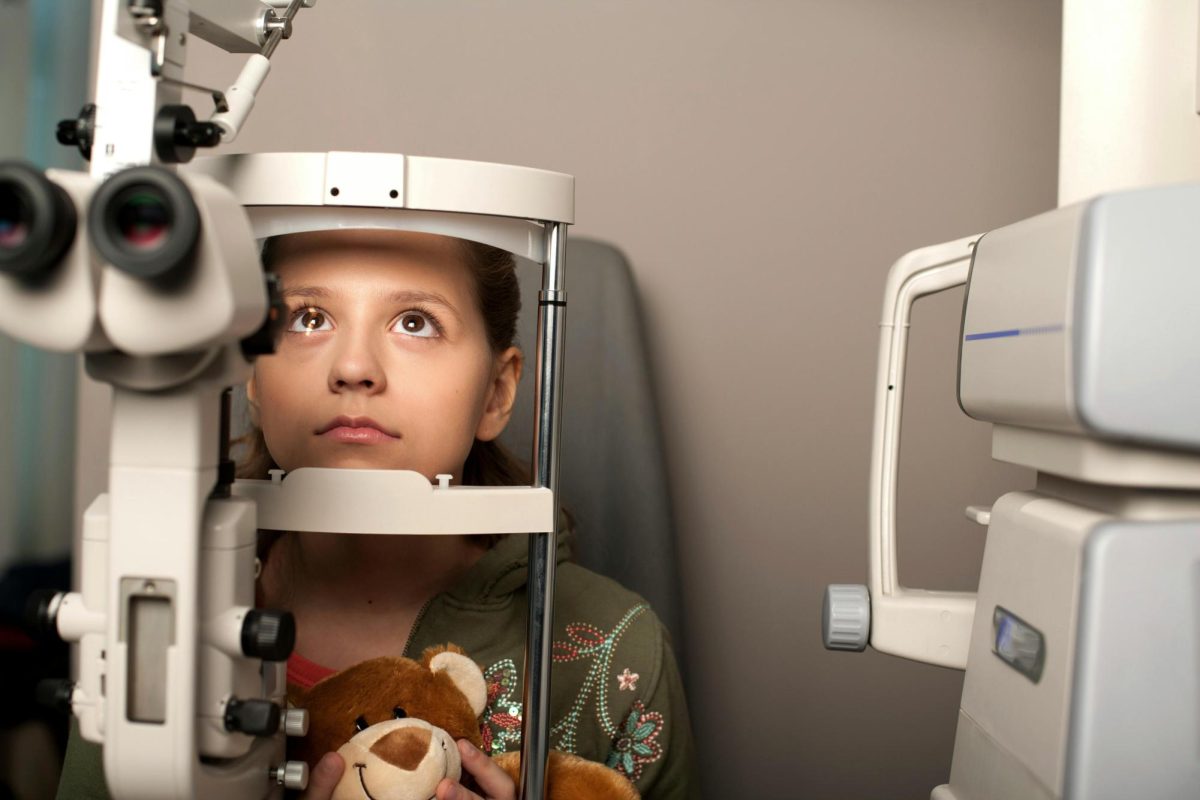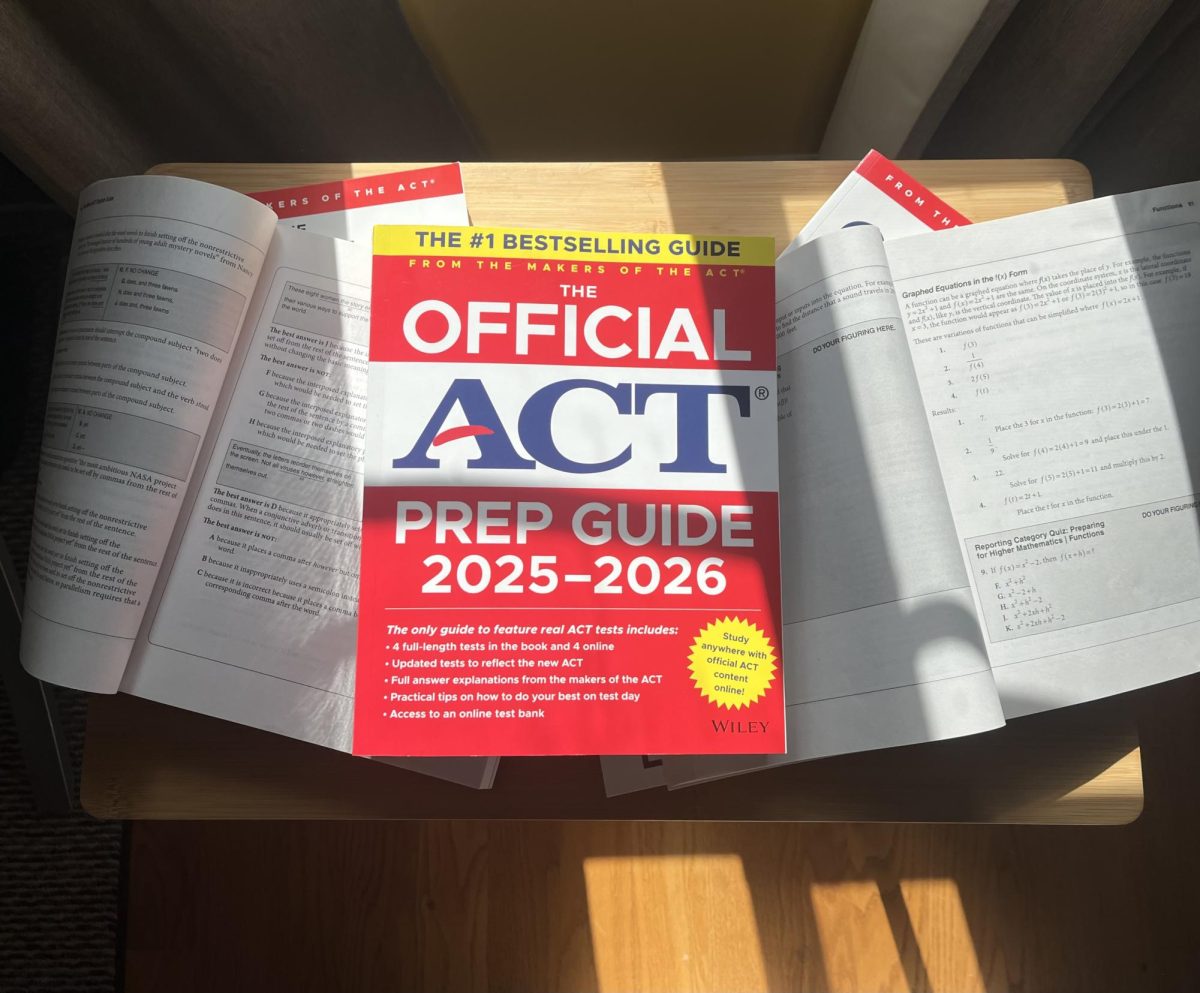Since working at KapoorEyeCare, I have seen many patients who come in and haven’t had an eye exam in over 10, 15 or even 20 years. This includes patients who believe that school and DMV eye checks count as “exams.” However, this isn’t accurate.
For instance, Dr. Ronald L. Benner, president of the American Optometric Association, explains that “School screenings are sometimes misleading. They only test what a child can see one eye at a time at 20 feet away, and that’s only about 4% of what a comprehensive eye exam tests.” This is a major problem because many diseases can develop with no symptoms, and when these diseases manifest, they can be detrimental to a person’s eyesight.
For children, annual eye exams are crucial to diagnose amblyopia and myopia. Amblyopia, also known as “lazy eye,” occurs when one eye has normal vision and the other eye has poor vision. This imbalance causes the brain to essentially stop using the weaker eye, causing the weaker eye to droop or wander. Untreated amblyopia can cause blindness in the weaker eye, making an eye exam essential.
Myopia, or nearsightedness, occurs when the eye grows abnormally in length or the cornea is too curved. This causes light rays to not focus directly on the retina in the back of the eye, creating blurry vision. Untreated myopia increases the risk of glaucoma, retinal detachment, cataracts, myopia maculopathy, and other vision problems that could lead to blindness.
Besides amblyopia and myopia, eye exams are needed to help children do well in school. A UCLA study found that 80% of classroom learning is visual, exemplifying the importance of eye health for students.
School vision checks are not enough to diagnose diseases that could have no early symptoms. In fact, the AOA finds that comprehensive eye exams can detect over “270 systemic and chronic diseases including diabetes, high blood pressure, autoimmune diseases and cancers.” The only way to make sure that a child’s eyes are normal and healthy is through a comprehensive eye exam.
Adults should get eye exams every one to two years or more often, depending on whether they have certain health conditions like diabetes. Diabetic eye exams are necessary to help diagnose and track early development of diseases like diabetic retinopathy, one of the leading causes of blindness in adults. For patients with a family history of diseases like AMD and glaucoma, eye exams are all the more important.
Additionally, with more technology use, dry eye disease has increased exponentially in today’s society. One major cause of dry eye disease is meibomian gland dysfunction (MGD). The meibomian glands are located in the eyelids and secrete meibum, a type of oil that forms your tears to lubricate your eyes. MGD occurs when these meibomian glands don’t release the necessary oils to lubricate your eyes. This can be because of several reasons, but has increasingly occurred because of technology use.
Although many patients experience symptoms of dry eye because of MGD, some don’t. According to Johnson and Johnson, “20% of MGD (meibomian gland dysfunction) patients may not have any dry eye symptoms.” Patients not experiencing dry eye symptoms will not know that treatment is necessary unless they get an eye exam. Moreover, similar to school vision checks, a DMV vision check is not a reliable way to diagnose diseases that present no early symptoms. For adults and children alike, eye exams are key to keeping healthy vision.
In short, regular comprehensive eye exams are necessary to check up on your eye health.










